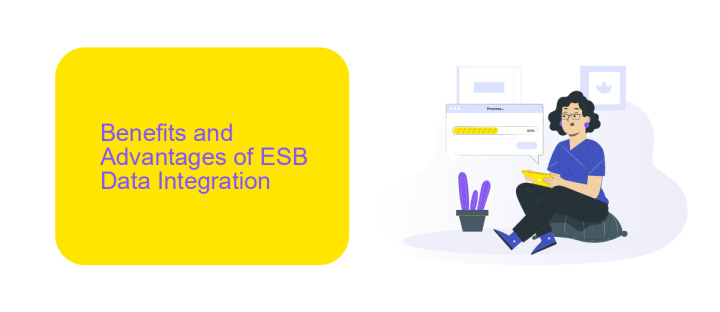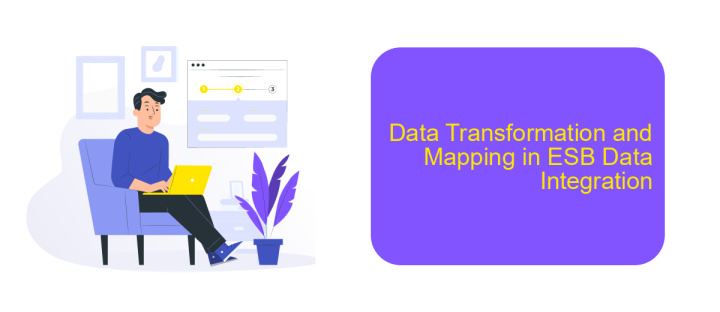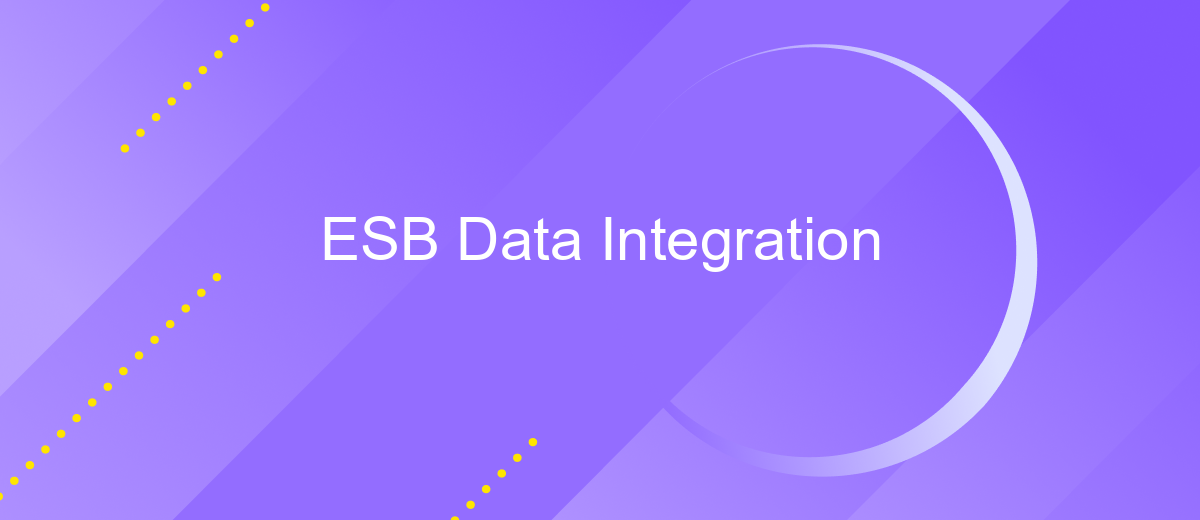ESB Data Integration
Enterprise Service Bus (ESB) data integration is a critical component in modern IT infrastructure, enabling seamless communication and data exchange between disparate systems. By leveraging ESB, organizations can streamline their workflows, enhance data accessibility, and ensure real-time connectivity across various applications. This article explores the key benefits, challenges, and best practices for implementing ESB data integration effectively.
Introduction and Definition of ESB Data Integration
Enterprise Service Bus (ESB) Data Integration is a key concept in modern software architecture, facilitating seamless communication between disparate systems. ESB acts as a middleware that connects various applications, enabling data exchange and service orchestration without the need for direct connections between systems.
- Centralized Integration: ESB provides a central hub for integrating multiple applications.
- Scalability: It allows for easy scaling of integration solutions as business needs grow.
- Flexibility: Supports various protocols and data formats, making it adaptable to different environments.
- Enhanced Security: Ensures secure data transfer between systems.
Services like ApiX-Drive enhance ESB data integration by offering user-friendly interfaces and automated workflows, simplifying the setup process. ApiX-Drive allows businesses to connect their applications effortlessly, ensuring real-time data synchronization and reducing manual intervention. This leads to more efficient operations and improved data accuracy, making ESB data integration an indispensable tool for modern enterprises.
Benefits and Advantages of ESB Data Integration

ESB (Enterprise Service Bus) data integration offers a streamlined approach to connecting disparate systems within an organization. By leveraging ESB, companies can achieve seamless data flow between applications, reducing the complexity and cost associated with point-to-point integrations. This centralized architecture enhances scalability, allowing businesses to easily add or modify services without disrupting existing workflows. Furthermore, ESB supports various communication protocols and data formats, ensuring compatibility across different systems and technologies.
One of the significant advantages of ESB data integration is the ability to monitor and manage data flows in real-time, providing better visibility and control over business processes. With tools like ApiX-Drive, organizations can automate the integration process, reducing manual efforts and minimizing the risk of errors. ApiX-Drive simplifies the setup of integrations, making it easier for non-technical users to connect applications and manage data transfers. This not only accelerates the integration process but also empowers businesses to respond quickly to changing market demands.
Key Features and Components of an ESB

An Enterprise Service Bus (ESB) is a crucial component in modern data integration, offering a robust framework for connecting disparate systems. By facilitating seamless communication between applications, an ESB ensures that data flows efficiently and reliably across an organization.
- Message Routing: Directs messages to the appropriate service based on predefined rules.
- Protocol Transformation: Converts data formats and protocols to ensure compatibility between systems.
- Service Orchestration: Manages the sequence and flow of services to complete complex business processes.
- Security: Provides authentication, authorization, and encryption to protect data integrity.
- Scalability: Adapts to increasing loads by efficiently managing resources.
Tools like ApiX-Drive enhance ESB capabilities by simplifying the configuration of integrations through a user-friendly interface. This service supports various applications and automates data synchronization, making it easier to manage and monitor integration processes. By leveraging such tools, organizations can achieve more efficient and effective data integration strategies.
Data Transformation and Mapping in ESB Data Integration

Data transformation and mapping are critical components in ESB data integration, ensuring that data from various sources is correctly interpreted and utilized. These processes convert data formats, structures, and values to match the requirements of the target system, facilitating seamless communication between disparate systems.
Mapping involves defining relationships between data fields in different systems, enabling accurate data exchange. Transformation, on the other hand, modifies the data to fit the necessary format, which may include converting data types, aggregating information, or applying business rules.
- Data format conversion
- Data structure alignment
- Value transformation
- Business rule application
Tools like ApiX-Drive can significantly simplify the data transformation and mapping process. ApiX-Drive allows users to set up integrations without coding, providing a user-friendly interface for mapping and transforming data between systems. This ensures that data flows smoothly and accurately, enhancing overall system efficiency and reliability.
- Automate the work of an online store or landing
- Empower through integration
- Don't spend money on programmers and integrators
- Save time by automating routine tasks
Best Practices and Considerations for ESB Data Integration
When implementing ESB data integration, it is crucial to adhere to best practices to ensure seamless data flow and system reliability. Start by clearly defining the integration requirements and objectives, ensuring all stakeholders are aligned. Utilize standardized data formats and protocols to facilitate compatibility and reduce complexity. Additionally, implement robust error handling and logging mechanisms to quickly identify and resolve issues. Regularly monitor performance and scalability to accommodate growing data volumes and evolving business needs.
Security should be a top priority; ensure data encryption and secure authentication methods are in place to protect sensitive information. Consider using integration platforms like ApiX-Drive to simplify and automate the integration process. ApiX-Drive offers a user-friendly interface and supports various data sources, making it easier to manage and maintain integrations. Finally, document all integration processes and configurations thoroughly to aid in future troubleshooting and maintenance. By following these best practices, organizations can achieve efficient and secure ESB data integration.
FAQ
What is ESB Data Integration?
Why is ESB important for businesses?
How does ESB handle data transformation?
What are the common challenges in ESB Data Integration?
How can I automate and configure integrations using ESB?
Apix-Drive is a universal tool that will quickly streamline any workflow, freeing you from routine and possible financial losses. Try ApiX-Drive in action and see how useful it is for you personally. In the meantime, when you are setting up connections between systems, think about where you are investing your free time, because now you will have much more of it.


